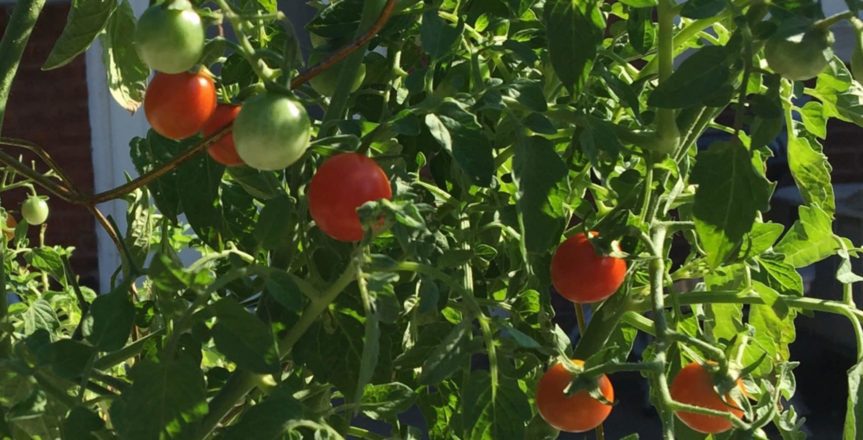Gardening can be a rewarding hobby. Fresh vegetables, time outside…what’s not to love? Now that planting season is here, many people are thinking about exercising their green thumbs – possibly for the first time. We tracked down landscape architect, Cullan Duke, to see what advice he has for making your garden a success.
You should plan your garden based on how much space you have available and how much space is needed for the vegetables you want to grow. Another factor is how much time you have to invest. Start small if your time is scarce to make sure you can maintain what you plant. Since May 1 – May 10 are dates of our average last frost, cold hardy plants — such as carrots, beets, lettuce and radishes — should be planted first, typically starting in March-April. Less cold hardy vegetables — such as tomatoes, okra, cucumbers, sweet corn, and peppers — can be planted later in the season.
Your garden soils are important to the health of your plants. Workability and soil tilth is important, but having the right PH is key to growing a healthy garden. The clay soils in our area can be challenging. Soil tilth can be improved by adding organic matter and compost. An ideal soil PH is around 6.5. Most plants prefer a soil PH between 6.0 and 7.0. Soil PH test kits can be purchased at garden stores and nurseries. Once you have determined your soil PH, you can identify the proper soil amendment or fertilizer to make your garden soils work best for your garden.
If you have questions, you can always use online garden guides to find answers. There are a number of good resources for home gardeners, such as the Old Farmers Almanac (almanac.com), the National Gardening Association (garden.org), Missouri Botanical Garden (missouribotanicalgarden.org), and the Chicago Botanic Garden (chicagobotanic.org).
